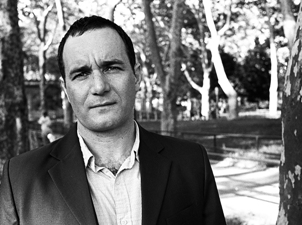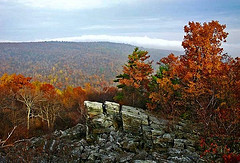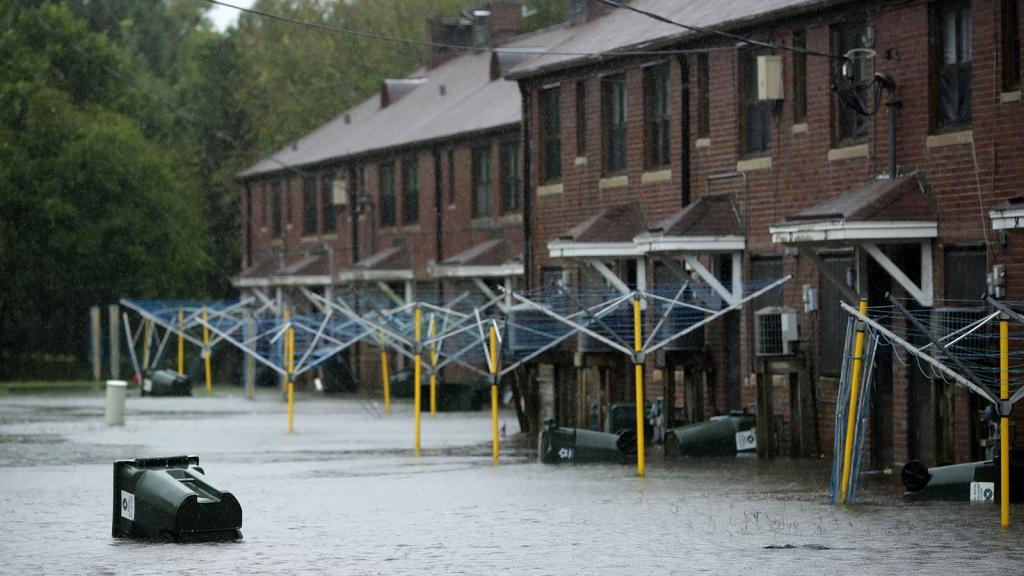Photo: Kai HagenCross-posted from Natural Resources Defense Council.
It’s certainly well-known among my colleagues that I am passionate about cities. I’m proud to think of myself as an urbanist who believes we can no longer accept sprawl as the dominant form of land use in America. Instead, we must direct growth and development in ways that strengthen our existing cities and communities.
There are many environmental, economic, and ethical reasons why this is so, but for me personally none is more compelling than the need to reduce development pressure on our remaining natural and rural landscapes. There is a bargain implied in smart growth: Every vacant or underutilized acre that we develop in our existing communities at a walkable density displaces what would otherwise be five to six acres of sprawl and lost landscape.
It’s a bargain worth making. And it has two sides: Those who love natural areas must commit to accepting the right kind of growth in our existing communities, in order to save as much nature as we can in the countryside; and those who love cities must commit to conservation of natural landscapes and accepting limits on sprawl so that cities and towns can be reinvested and strengthened.
I’m passionate about cities, but I am also passionate about wilderness. I grew up in the mountains of North Carolina before I migrated to the big city. My friend Kai Hagen (a terrific photographer whose photo accompanies this post), on the other hand, grew up in Washington, D.C. — within walking distance of where I live now, by coincidence — and migrated to the mountains. In this short and very well-produced video by The Wilderness Society, Kai reminds us why the conservation side of smart growth matters every bit as much as the development side:



